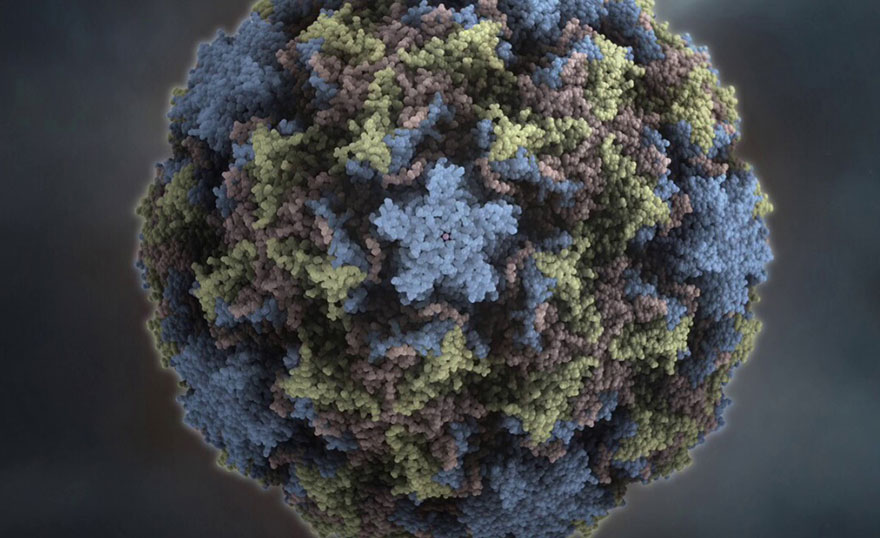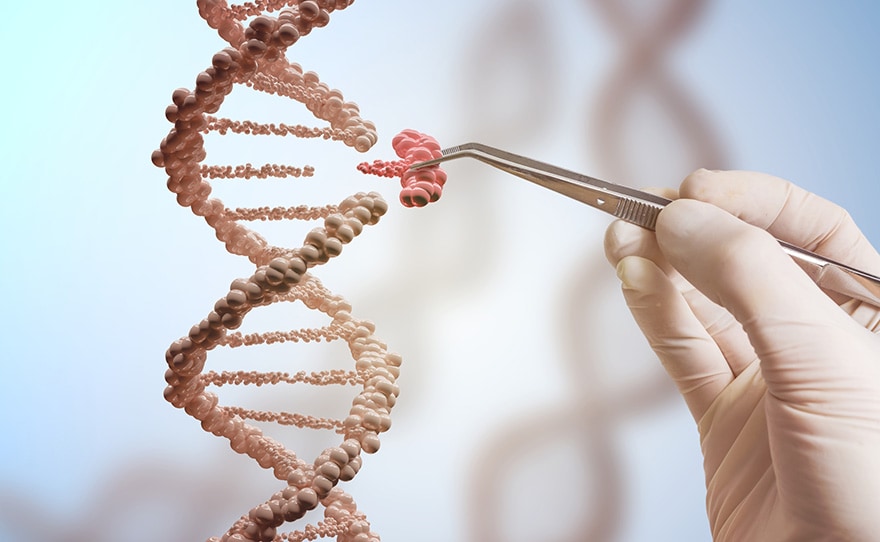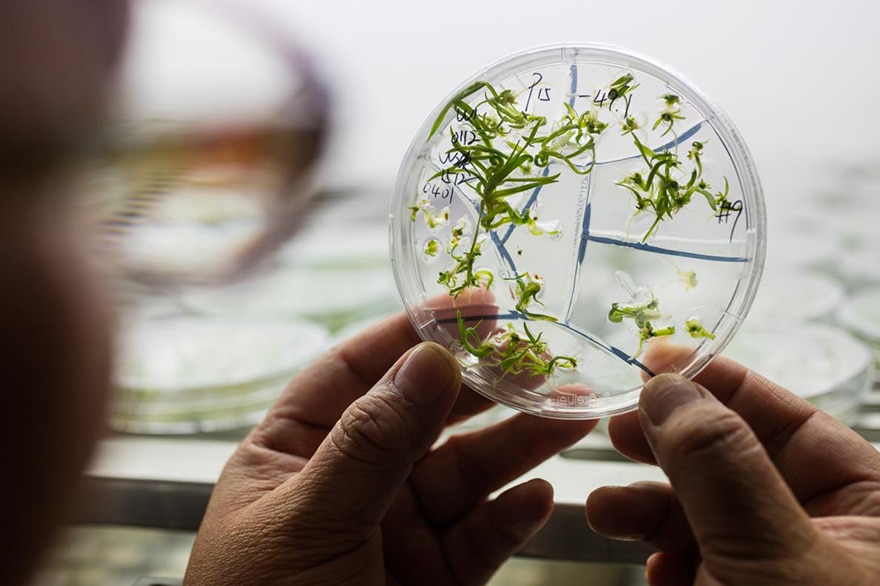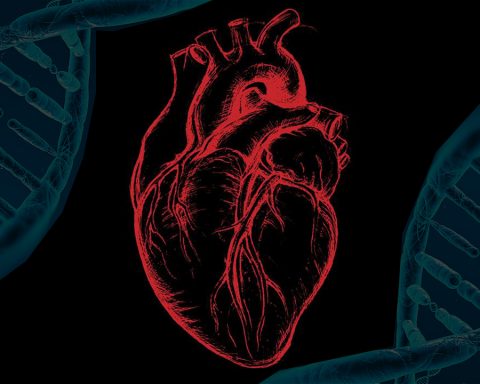
A research project developed by British scientists from the University of York and the University of Leeds has established how to write code that can govern the assembly of viruses. In other words, the researchers claim to be able to write code to control how viruses work. This discovery could have a huge impact on the future of medical treatment and vaccination.
Dfirst year study Previously scientists in Leeds and York had discovered that many simple viruses use a code hidden in their genetic instructions for the production of viral proteins that are decoded during viral assembly.
Today, the same researchers have gone beyond simply reading the hidden assembly instructions to write their own messages to regulate viral assembly. Their ability to decode and redirect self-assembly instructions in viral genomes is so effective that it is now possible to write artificial instructions for assembly that researchers say are better than those found in nature.
These artificial messages are written in the form of RNA molecules which, unlike viral genomes, no longer encode messages for the creation of viral proteins, making them completely harmless to the body.
This new understanding of viral self-assembly codes could prove extremely important in a range of clinical applications, such as cancer therapy and vaccination.
Professor Reidun Twarock, a mathematical biologist in the Departments of Mathematics, Biology and Complex Systems Analysis at York Centre for Complex Systems Analysis of York University, uses the DIY analogy to explain his research: " it's like taking a set of instructions to build a shelf, understanding what makes the assembly efficient, and then using the instructions to build another shelf using better quality wood. ".
He adds, "In the future, our research should allow the introduction into the body of something that looks like a virus from the outside, but contains a different cargo inside its protein shell. This virus would be completely harmless because everything that makes it infectious will have been removed, leaving only the message of the assembly code that makes the protein shell formation effective.
This shell could trigger an immune system response that would allow the body to defeat an infection, should it ever be encountered in the body. The same method could even be used to transport cargoes to specific cells, in an application that Twarock compares to a "Trojan horse.
Professor Peter Stockley, a biological chemist at the Astbury Centre for Structural Molecular Biology at the University of Leeds, said: "We are delighted to be able to offer this new service to our customers. Our research shows that it is now possible to create highly effective viral particles, which encompass the artificial assembly manual and potentially other cargoes, but which cannot replicate. The key to this discovery is that the useful characteristics of the particles are retained, while their ability to replicate and their ability to distribute harmful proteins have been removed.. "The professor continued: « These particles have a wide range of potential applications, including the production of synthetic vaccines and systems for delivering genes to specific cells. "
The team confirms to our colleagues to Futurism that the most immediate applications of this technique could be found in therapeutic applications for people with cancer and that it could also be used to create synthetic vaccines. The next step is to take the principles established in this study and begin testing them in a clinical setting for specific use cases. Of course, its use in humans will take some time. « We estimate that it will take approximately 2-3 years before such studies are completed and the technology is available. ", say Professors Twarock and Stockley.

Login
0 Comments
Inline Feedbacks
View all comments












